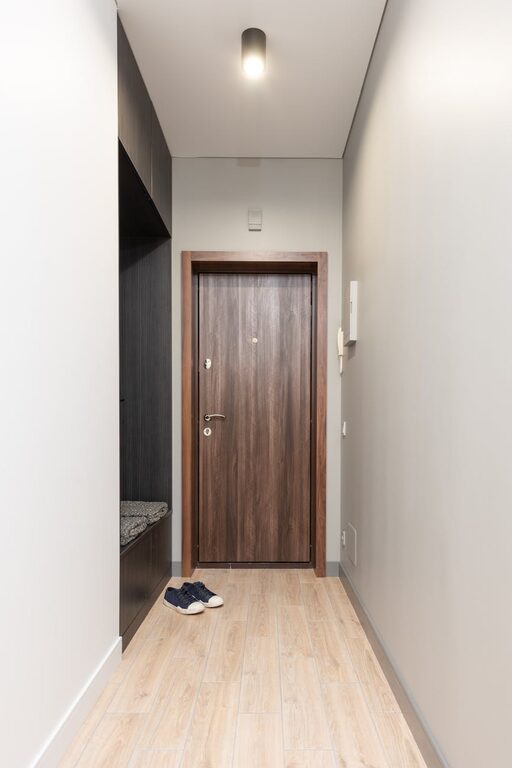
Setting weekly goals is a powerful way to stay focused, organized, and motivated. However, many people struggle because they set goals that are too ambitious or vague, leading to frustration and burnout. This blog post will guide you through the process of setting realistic weekly goals that are both attainable and effective.
Why Set Weekly Goals?
Weekly goals serve as manageable checkpoints on the path toward larger objectives. Unlike yearly or monthly goals, weekly goals help you break down big ambitions into smaller, actionable steps. This makes progress easier to track and keeps motivation high, as you can celebrate small wins regularly.
How to Set Realistic Weekly Goals
1. Reflect on Your Priorities
Before setting any goals, take a moment to reflect on what matters most for the week ahead. Consider your work tasks, personal commitments, and any ongoing projects. Understanding your priorities will help you allocate your time and energy wisely.
2. Be Specific and Clear
Vague goals are hard to achieve. Instead of saying “exercise more,” set a goal like “go for a 30-minute walk three times this week.” Clear goals allow you to know exactly what you need to do and make it easier to measure your success.
3. Use the SMART Framework
One popular way to set effective goals is to make them SMART:
– Specific: Define your goal precisely.
– Measurable: Include a way to track progress.
– Achievable: Make sure the goal is realistic.
– Relevant: Align the goal with your broader objectives.
– Time-bound: Set a deadline, such as the end of the week.
For example: “Write 1,000 words for my blog by Friday” fits the SMART model.
4. Limit the Number of Goals
Trying to tackle too many goals at once can lead to overwhelm. Aim for 3 to 5 key weekly goals. This keeps your focus sharp and increases the likelihood you will complete each one.
5. Break Goals into Smaller Tasks
Large goals can be intimidating. Break them down into smaller, actionable tasks that you can complete daily. For example, if your weekly goal is to organize your home office, break it down into sorting papers on Monday, cleaning shelves on Tuesday, etc.
6. Allocate Time Wisely
Consider your schedule and commitments when planning your weekly goals. Be realistic about how much time you can dedicate to each task. Overcommitting often leads to unfinished goals.
7. Write Your Goals Down
Putting your goals in writing increases accountability and keeps them top of mind. You can use a planner, digital app, or a simple notebook.
8. Review Your Progress Daily
Take a few minutes each day to review your goals. Mark completed tasks and adjust your plan if unexpected events arise. This habit helps maintain momentum and adapt your plan as needed.
9. Celebrate Small Wins
Acknowledging your progress, even on minor tasks, boosts motivation. Celebrate when you complete goals or hit key milestones by rewarding yourself with something simple—a short break, a favorite snack, or some leisure time.
10. Learn and Adjust
At the end of each week, take time to review what worked and what didn’t. If you consistently miss certain goals, consider why and adjust your expectations or approach.
Sample Weekly Goal Plan
| Goal | Tasks | Deadline |
|——————————–|—————————————|———–|
| Finish drafting blog post | Write 500 words on Mon/Wed/Fri | Friday |
| Exercise | Walk 30 minutes on Tue/Thu/Sat | Saturday |
| Declutter workspace | Organize desk Monday, files Tuesday | Tuesday |
| Plan meals | Choose recipes and shop Wednesday | Wednesday |
| Read professional book chapter | Read 15 pages daily | Sunday |
Tools to Help You Stay on Track
– To-Do Lists: Apps like Todoist or Microsoft To Do are great for tracking daily tasks.
– Calendar Apps: Google Calendar or Outlook help schedule tasks and reminders.
– Goal Tracking Apps: Tools like Habitica or Strides encourage consistent goal progress.
– Journals and Planners: Physical planners or bullet journals can provide structure and space for reflection.
Final Thoughts
Setting realistic weekly goals is an ongoing skill that improves with practice. By being clear, focused, and flexible, you can create goals that drive meaningful progress without causing unnecessary stress. Remember, the aim is to build habits that support your bigger vision, one week at a time. Start simple, stay consistent, and enjoy the satisfaction that comes from accomplishing what you set out to do.




